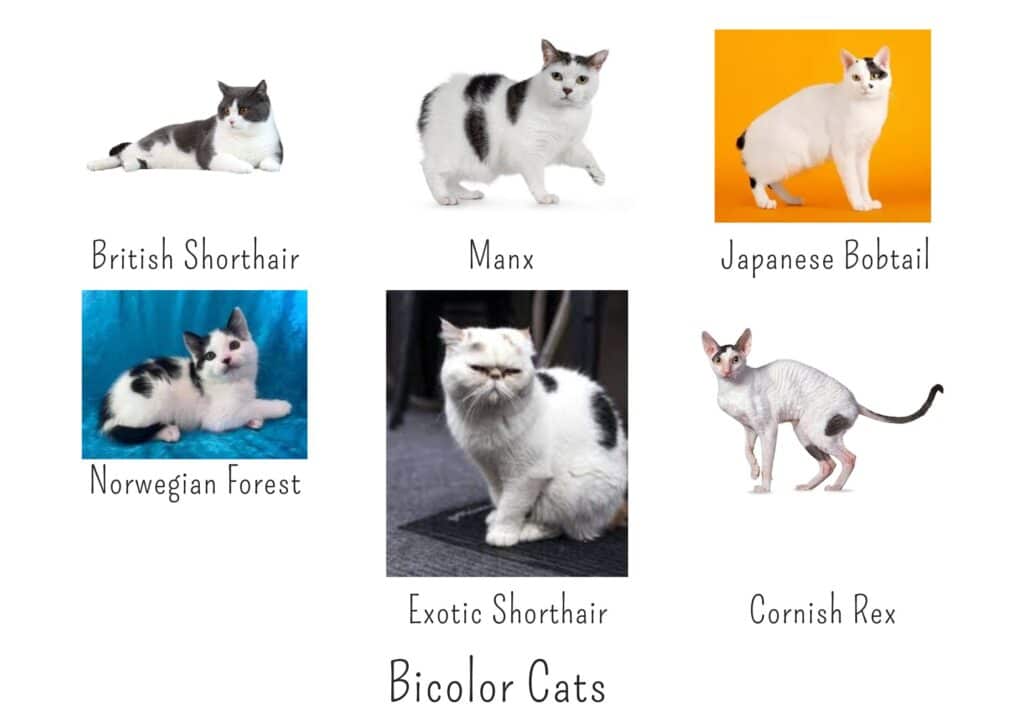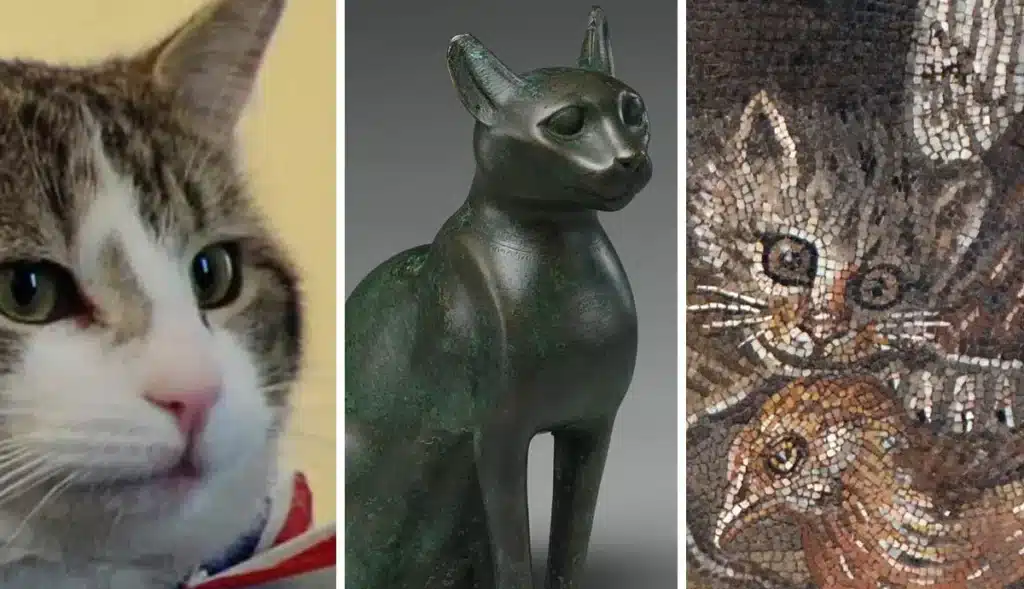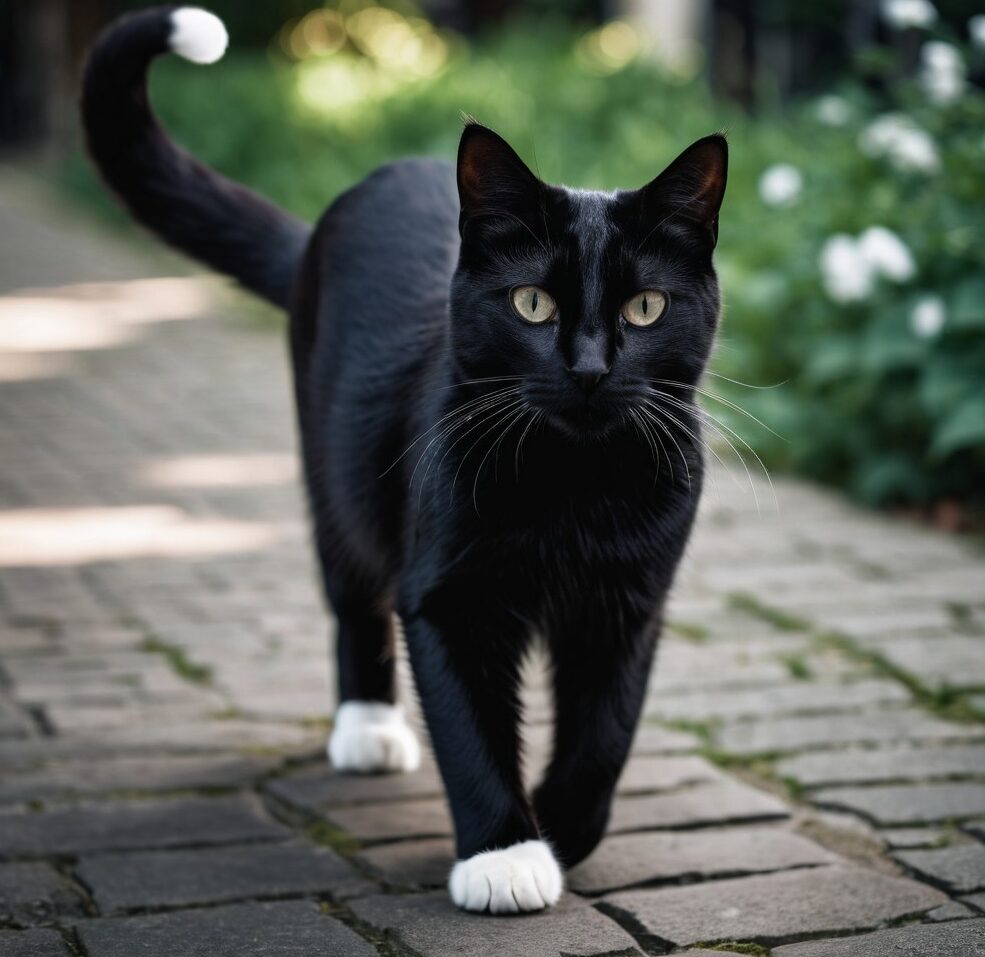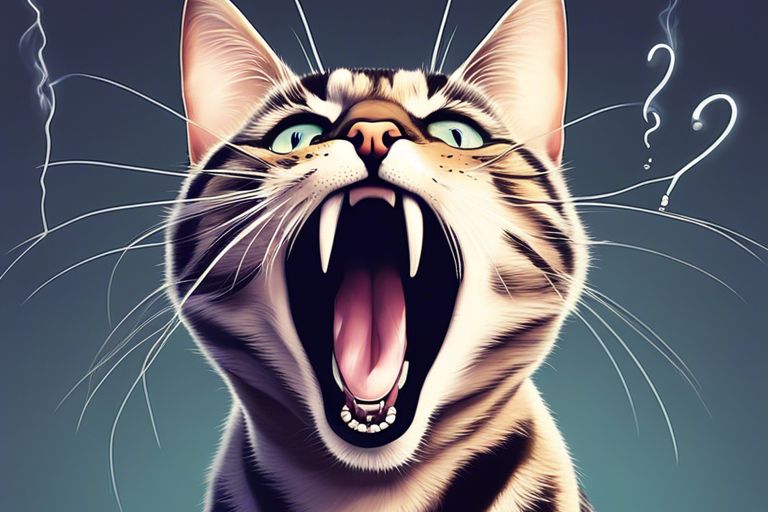What is a Magpie Cat? If you’re a cat parent like me, you might have heard the term and wondered what it means.
As a proud parent of three Persia cats, including one with striking black-and-white markings, I know how confusing cat patterns can be.
Magpie cats stand out because their random color patches set them apart from other bicolor cats, making each one truly unique.
In this post, I cover their history, unique coat patterns, personality traits, and care tips.
Let’s dive into the details and break it down for you!
Table of Contents
ToggleWhat is a Magpie Cat?
Magpie Cats are black-and-white bicolor cats, sometimes referred to as “magpies” . However, it’s important to note that Magpie Cats aren’t a specific breed they’re defined by their unique color pattern. These striking bicolor cat coat patterns can vary greatly, with some magpie cats having more black than white, and others displaying a predominantly white coat with spots or patches of black. The distribution of black and white can be random, creating a variety of unique and beautiful appearances. Regardless of the pattern, magpie cats are admired for their distinctive and eye-catching markings.

Unlike tuxedo cats, which usually have tuxedo uniform “Tuxedo Suit” like black-and-white markings, Magpie Cats have random patches of color, which makes each one truly distinctive and one of the rarest black and white breeds of cats. This coat pattern is a result of a specific genetic combination.
Name Origin
The name “Magpie” ties directly to the magpie bird, known for its black-and-white plumage. These cats often display piebald characteristics, where large areas of their coat are unpigmented (white) alongside black patches.

You’ll find similiar color pattern or same Magpie coloration shows up across a wide range of breeds. Some commonly known breeds are
- British Shorthair
- Cornish Rex
- Japanese Bobtail
- Cymric
- Exotic Shorthair
- Maine Coon
- Manx
- Norwegian Forest
Brief History of Magpie Cats

Magpie cats have been around for centuries, showing up in different cultures across the world. Their black-and-white coat patterns have fascinated people for ages. In some places, magpie cats are even seen as symbols of good luck and prosperity.
The magpie pattern likely developed as domesticated cats traveled along ancient trade routes. Over time, this unique coat appeared in various breeds, like the Turkish Van, Japanese Bobtail, and American Shorthair. Each of these breeds showcases the piebald pattern in their own way, adding to the diversity of these special cats. The magpie pattern is often mistaken for the unique markings of harlequin cats, which also feature distinct patches of color on a predominantly white body. These markings may have served as a natural camouflage in certain environments or simply developed as a result of selective breeding. Regardless, both patterns contribute to the rich visual appeal and diversity seen in domesticated cats across the world.
Magpie cats have also made their way into art and literature, celebrated for their striking look. Although they’re not as famous as some other types of cats.
Magpie Cats: Pattern, Origins and Colors
Breed or Pattern?
Magpie refers to a pattern, not a breed. It describes cats with primarily white coats and random black patches These distinctive markings can vary in size and shape, giving each magpie cat a unique appearance. While the term “magpie” is used to describe their coat, the magpie cat personality traits are often as varied as their patterns, with some cats being playful and curious, while others may be more laid-back and independent. Ultimately, a magpie cat’s personality is shaped by individual temperament, rather than their striking black-and-white coloration.
Patterns and Common Markings

Magpie cats can have several different markings, including:
- Saddle: A black patch across the back or in some cases white.
- Cap and Mantle: Black fur on the head and back sometimes including the tail, with the rest of the body mostly white or just head and tail full white with black patches on back.
- Mask and Cape: A black “mask” around the face, with a cape-like black patch across the body mostly on the back or shoulders or in some cases white.
Each magpie cat’s pattern is distinct, offering endless variations in their piebald look.
Understanding the Bicolor Coat: What Makes the Magpie Coat Unique?
Stand out with their white base on bicolor pattern, random black patches distributed. Magpies have a mix of colors that appear unpredictably. This is due to a genetic combination that breaks up the black fur with splashes of white, making each cat unique.
White Coat Percentage
Magpie cats typically have 60% or more white fur, with random black patches.
Black and White or Variations?
Most magpie cats are black and white, but variations like gray and white can also occur.
Genetics of Magpie Cats
Magpie cats owe their distinctive black-and-white coat to the piebald gene. This gene disrupts the spread of pigment cells during development, creating those unique black and white patches. The more dominant the piebald gene, the more white fur your cat might have, while a recessive form leads to less white.
The white spotting gene also plays a role in bicolor cats. It interacts with a recessive agouti gene, which usually creates stripes. In magpie cats, this results in those irregular black and white markings we love.



